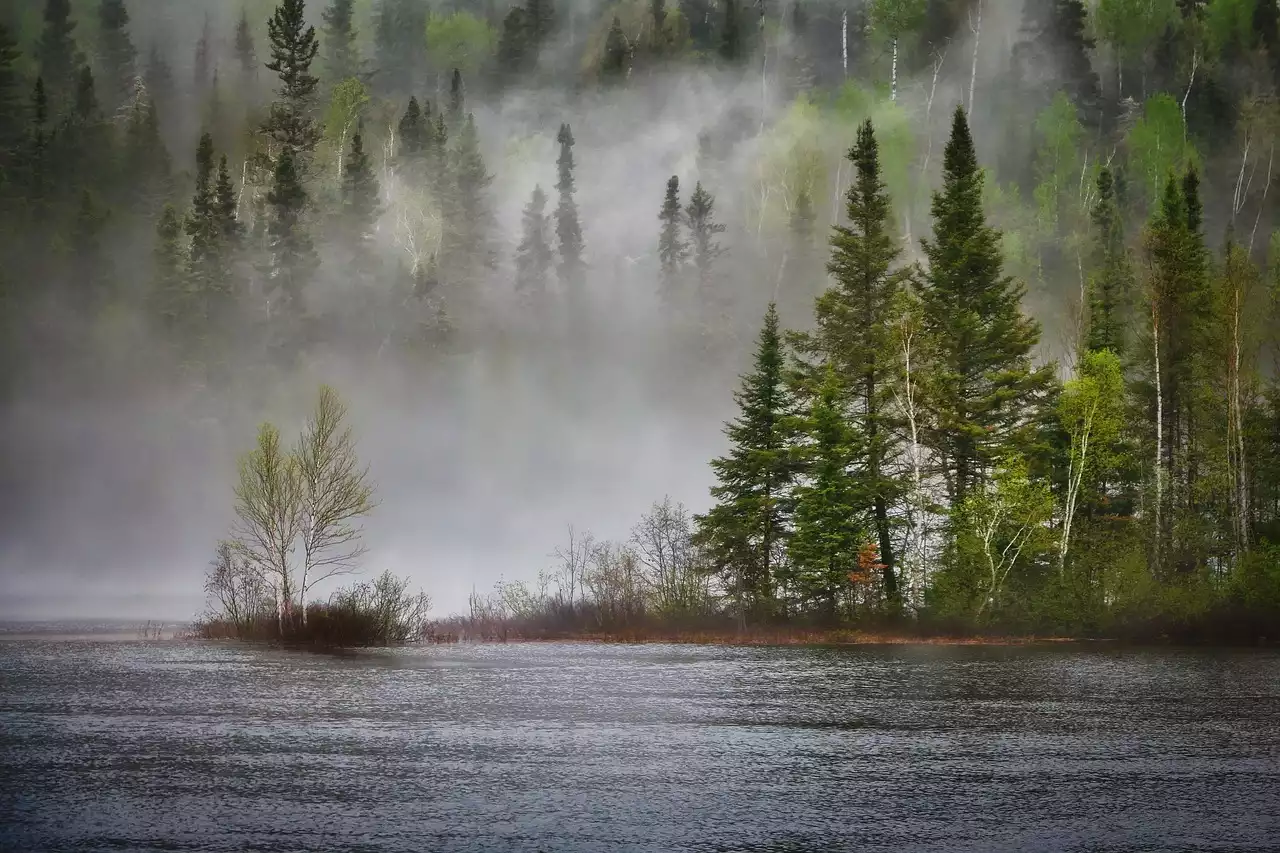In a forest ecosystem, there are many different types of organisms and interactions between them. There are so many different species of trees, animals, insects, and other organisms that it can be hard to understand what exactly makes up a forest ecosystem. Find out more about the types of organisms, plants, animals, and insects that live together in a forest ecosystem with this overview. You will also learn about the different features of such an ecosystem as well as its main characteristics. Having this understanding will help you identify the type of forests you see around you. There are many different types of ecosystems on Earth. Each has its own set of conditions that help determine what plants and animals live there and what roles they play in the ecosystem. Each ecosystem has its unique blend of plants, animals, and natural resources that helps it remain self-sustaining
What Are the Types of Ecosystems?
Every ecosystem has a different set of organisms that coexist. Here are a few types of ecosystems you might have come across - Tropical Rainforest, Temperate Deciduous Forest, Tropical Desert, Temperate Grassland, Temperate Steppe, Polar Desert, and Tundra. Let’s look at each ecosystem in detail. Tropical rainforests are very dense and humid, with lots of rainfall. They grow in regions where there is no freezing weather. Tropical rainforests are found in the equatorial regions of South America, Africa, Southeast Asia, and Central America. Temperate deciduous forests are characterized by a long, cold winter and a short, warm summer. Trees shed their leaves during the winter, and deciduous forests are found in the middle latitudes in North America and Asia. Tropical deserts are found in regions that receive very little rainfall. They are found in the tropics, especially in the Sonoran and Mojave deserts in the southwestern United States and the Kalahari Desert in southern Africa. Temperate grasslands are found in regions that have warm summers and cold winters, and they receive little rainfall. They are found in North America and Asia. Tundra is found in the Arctic and is characterized by low temperatures and a short growing season. Polar deserts are found in the polar regions and receive very little rainfall. They are also known as tundra deserts.
Forest Environment
Forest ecosystems are made up of many different species of plants. These plants help make up the soil in which other plants and animals live. The soil consists of minerals and organic matter. Forest plants have a big role in the carbon cycle. The plant matter is taken in by the trees, where it is broken down and turned into simple sugars through photosynthesis. The carbon is then absorbed by the roots and transported through the veins of the tree to the leaves where it is released into the atmosphere as carbon dioxide. So, you can see that this process is a vital part of the carbon cycle. The soil, water, and minerals are important when considering the environment of a forest ecosystem. Forests need a lot of water and minerals, but they also need a certain type of soil. Forest ecosystems are made up of deciduous forests, rainforests, coniferous and mangrove swamps.
Forest Food Chain
The food chain in a forest ecosystem is a complex network of interactions between different organisms. It begins with a producer at the base of the chain, such as a tree. The consumer would be an organism that feeds on the producer, such as a deer. The soil and the decomposers that feed on dead organisms at the bottom of the chain complete the food chain. The producer-consumer relationship enables the ecosystem to be self-sustaining and balanced. When an organism at the top of the food chain dies, the decomposers at the bottom of the chain feed on it. The nutrients they take from the organism and the soil help the producer at the base of the chain, such as a tree, to grow and produce more. The forest ecosystem is a balanced system. When one organism dies and decomposes, it releases nutrients for the other organisms at the bottom of the chain to feed on. The nutrients are cycled through the system so that every organism can survive.
Forest Biome: Environment and Characteristics
A forest biome is often the natural ecosystem that produces trees and other plants. These forests can have a tropical, temperate, or boreal (temperature-dependent) climate. They are found on every continent except for Antarctica. There are many different types of forests, but they all have the same basic characteristics that make them a forest. These characteristics include having a large number of trees and shrubs, having plenty of soil, and a rich supply of water. Forests can be deciduous or evergreen. Forests are made up of trees, shrubs, vines, ferns, mosses, grasses, and other plants and organisms. These forests usually have a high level of humidity, which comes from a large amount of water in the air.
Forests and Their Importance
Forests are the most important ecosystem on Earth. They provide us with many different resources, such as food, water, and minerals. Forests also play an important role in regulating the world’s climate. In addition to providing us with essential resources, forests are home to many different species of plants and animals. These forests also help to regulate the world’s climate. The trees and plants that make up forests absorb carbon dioxide from the atmosphere and release oxygen back into the air.
Summary
Forests are the most important ecosystem on Earth. They provide us with many different resources, such as food, water, and minerals. Forests also play an important role in regulating the world’s climate. There are many different types of ecosystems on Earth. Each has its own set of conditions that help determine what plants and animals live there and what roles they play in the ecosystem.


 10 AI-Powered Tools for Data-Driven Decision Making
10 AI-Powered Tools for Data-Driven Decision Making
 Useful Mobile Phone Accessories to Have
Useful Mobile Phone Accessories to Have
 Computer Hardware – What is a Processor?
Computer Hardware – What is a Processor? What is the Tundra Ecosystem?
What is the Tundra Ecosystem? The Importance of the Grassland Ecosystem
The Importance of the Grassland Ecosystem Photosynthesis a Building Block of our Ecosystem
Photosynthesis a Building Block of our Ecosystem All you Need to Know About the Desert Ecosystem
All you Need to Know About the Desert Ecosystem